 Search for Flights
Search for Flights
 Search for Hotels
Search for Hotels
 Check Exchange Rates
Check Exchange Rates
 Check the Weather
Check the Weather

A trip to Tokushima, experiencing sea, mountains, rivers and villages history and culture with all five senses
Last update
Tokushima is located on the easternmost tip of Shikoku, an island situated between the Seto Inland Sea and the Pacific Ocean. A region abundant in natural wonders of sea, land, and rivers, the Tokushima people have built communities that coexist with nature.
The local people have flexibly responded to changes in society and the times without forgetting the importance of nature, history, tradition and culture.
This time, we visit the sea, mountains, rivers, villages and people of Tokushima and experience the history and culture cultivated there.
A private cruise to experience the charm of Naruto’s sea

Captain Yamagami and his elegant cruiser invite us to go boating around Naruto.

The surface of the water is much closer than on big whirlpool sightseeing boats.
Our tour of Tokushima begins with a private cruise to see some of the largest whirlpools in the world off the coast of Naruto. At Naruto City’s only marina, we are welcomed by the president of DAIMEI MARINA Hiroyuki Yamagami. With tip-top ship handling skills and thorough knowledge of the waters off Naruto, he is our captain for the day.
We are led to the pier, where a chalk white cruising boat is elegantly standing by. Captain Yamagami takes the helm, and we depart for our cruise. Our journey begins in an inland sea called Uchinoumi, then we pass through a lock and a small channel before heading towards the Naruto Strait, all while learning about the geography, tides, local history and culture from our captain who also acts as a guide.
The climax of the cruise is at the Naruto Strait, where our captain skillfully handles the helm as we experience one of the world’s greatest tidal currents fearlessly. By the time we return to the marina, we’ve become ardent fans of Naruto’s sea.
A sushi lunch of wild local fish at Naruto’s most famous sushi spot

Owner Yuji Abe has an undying love for the fish of Naruto

Sea bream is Naruto’s specialty. The wild harvested fish has a firm texture and complex flavor.
Through our private cruise, we learn so much about what makes the sea around Naruto great. That is valuable enough, but while in Naruto we also experience it through a meal. With the sea comes fish, and with fish comes… Yes, you guessed it! Sushi.
We pay a visit to Sushi Ichi, located a short distance from the main streets of the city center, in a residential neighborhood. In the half-century since it was founded, it has become the most famous of the many sushi restaurants in Naruto City.
The second-generation owner of this legendary restaurant is Yuji Abe, who has been making sushi for 25 years. He has a keen eye for purchasing the best fish caught wild in the sea off the coast of Naruto and takes time and effort to transform it into the finest sushi. The sea bream that Naruto is known for is served with the skin intact in so-called “Matsukawa-zukuri” (pine bark style), and the bigfin reef squid is lightly scored with a knife, seared, and served with a squeeze of sudachi citrus. It is a lunchtime experience that leaves us in awe of the way he brings out the flavors present in each ingredient.
World-famous Awa indigo dyeing experience at the studio of a top craftsman

Soak and squeeze, soak and squeeze in the indigo vat. It becomes a deep blue through careful repetition.
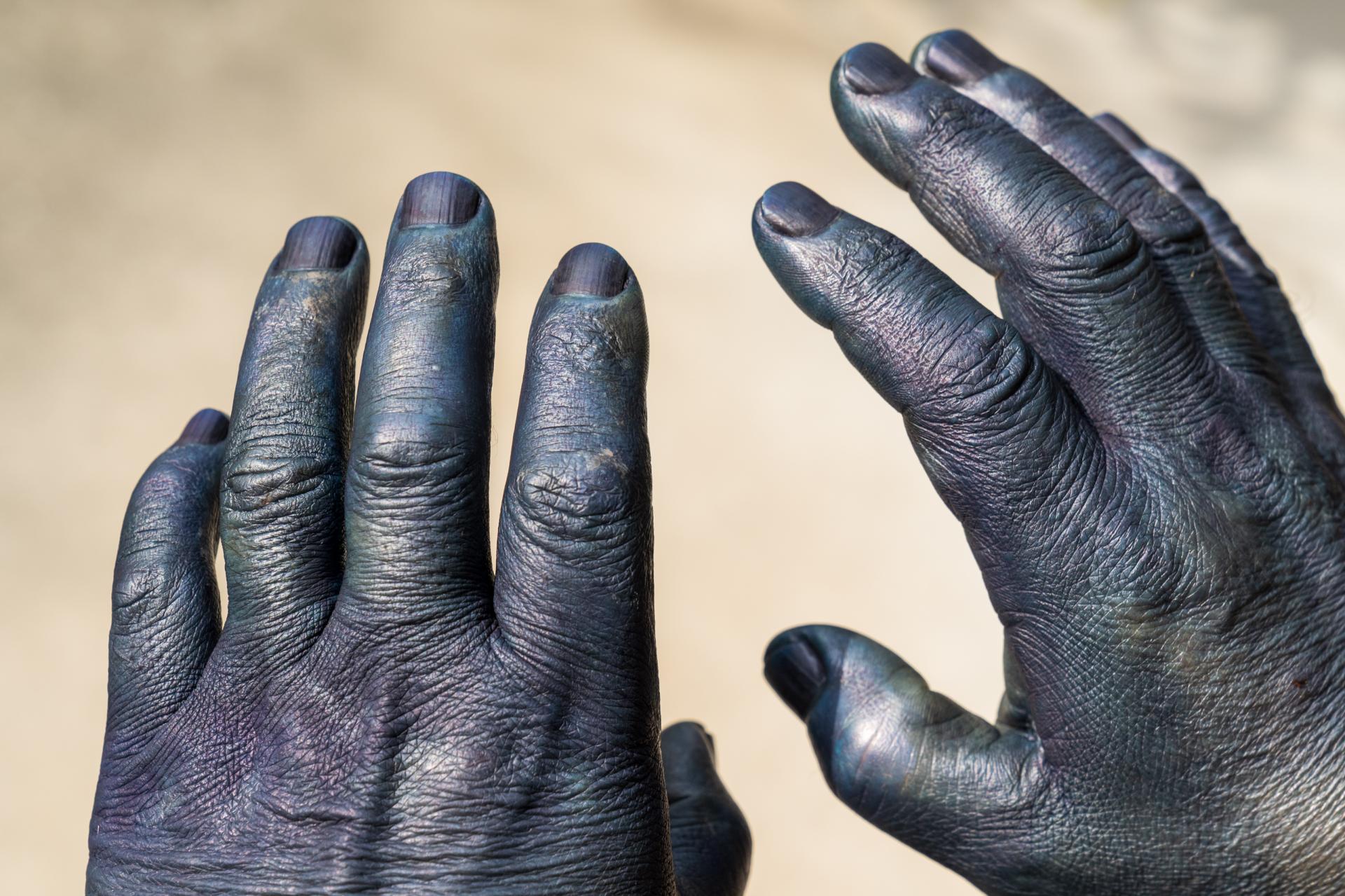
Yano’s hands are also dyed indigo blue. This is a point of pride for an indigo dyer.
Having fully experienced the sea of Naruto with our cruise and sushi, we depart Naruto for Tokushima City. We visit an indigo dye studio in an area known for growing Awa indigo.
Indigo dyeing done with Awa Indigo produces a beautiful indigo color, a miracle blue that cannot be produced any other way. It is a traditional craft known throughout Japan and around the world. Ranshu Yano runs the authentic indigo dyeing studio, Hon Aizome Yano Kojo. He uses ancient traditional techniques throughout the indigo dyeing process. Since he uses no chemical dyes at all, the studio is filled with the distinctive aroma of fermenting indigo leaves.
After visiting the studio, Mr. Yano with his blue-stained hands guides us through our own indigo dyeing experience. We bring our favorite handkerchiefs and use Mr. Yano’s indigo vat to dye them. The dyed handkerchiefs are a unique blue unlike anything we have seen before. The so-called Japan blue, no, Yano blue moves us with its beauty.
Iya Valley, one of Japan’s most secluded spots, and an inn in the sky

The outdoor bath at the base of the valley is accessed by a special cable car with a spectacular view.

The suite rooms offer a magnificent view of Iya Valley as well.
After shaking Mr. Yano’s strong blue hands, we leave Tokushima City and head west to one of the most secluded places in Japan, Iya Valley. After enjoying the beauty of the gorge through the car window, we arrive at our inn, the Hotel Iya Onsen located in a corner of Iya Valley.
We immediately head to the outdoor baths fed with constantly flowing hot spring water. The outdoor baths are located at the base of a deep gorge, and are accessed by a special cable car. The distance is an elevation difference of 170 m, and the cable car travels for about five minutes at a 42° incline to reach the baths. The sight of the valley landscape all around is breathtaking. Once we arrive, we enjoy the isolated outdoor baths surrounded by the ambient sounds of the flowing river and twittering birds.
After the bath we spend a relaxing moment in our guest room which blends classic Japanese-style hot spring resort décor with a modern, Western essence. Local seasonal ingredients feature in the nourishing Japanese-style dinner, which we enjoy as night falls on the remote area.
A visit to the famous spots around Iya, and immersion in the atmosphere of a secluded valley journey

Iya’s kazurabashi vine bridge. Walk across it for a thrill and a delight.

Ochiai Hamlet viewed from the observatory. The tranquil mountain village atmosphere evokes feelings of wanderlust.
The following morning, we wake up earlier than usual, and go back to the outdoor baths. Bathing while surrounded by clear morning air is something truly special, and it’s funny how easy it is to wake up early on a day like this.
We linger over breakfast and then check out, before touring the famous spots around the Iya Valley. We first visit the Hinoji Valley, a spot with an excellent view. At this scenic location, the river flows in a switchback that resembles the Japanese hiragana letter “hi” (ひ), hence the name. The view reminds us of how truly isolated this place is.
Next, we go to the most famous spot in Iya Valley, the Iya Kazurabashi Vine Bridge. The suspension bridge is made with hardy kiwi vines, and is a historical heritage site that used to be the only means of transportation in Iya Valley. The river is visible through the gaps in the decking and it sways with each step, making it more thrilling than expected.
From there we go even further, to Ochiai Hamlet located deep in the mountains. Ochiai is home to folk houses built in the 1700s and 1800s scattered along the mountain slopes, and is a nationally-designated Important Preservation District for Groups of Traditional Buildings. The sight of the old mountain village from the observatory across the valley evokes a new level of wanderlust.
In a 250 year-old samurai residence, impressive hospitality from a local expert

Iya’s hospitality expert, Reiko Tsuzuki. Her cooking, her stories, and her songs are all top-notch.

The former Kita family samurai folk residence. Topped with a thatched roof, its majestic form is sure to leave an impression.
Steeping in the journey through this secluded world, we begin to feel a little sentimental. As the sun rises high in the noon sky, it’s just about time for lunch.
We bid a reluctant farewell to the landscape, and head to our next destination. Our car takes us through narrow, winding mountain roads. After crossing several hills, we arrive at a stately house. It is the largest samurai residence in the Iya region, built approximately 250 years ago. The former Kita family residence is now a tour facility.
Greeting us there is Reiko Tsuzuki, who was born and raised in Iya. In the sitting room of the house, she serves traditional local dishes that she has made herself, including wild-harvested plants, buckwheat noodles, venison, and more.
As we enjoy the simple yet subtly delicious and warm dishes, Ms. Tsuzuki regales us with legends and folktales of Iya. After our meal, she even sings us a local folk song. Even now, the thought of Ms. Tsuzuki’s face evokes a desire to visit Iya once more.
A special staging of Awa Ningyo Joruri, a traditional performing art preserved and passed-down by the local people
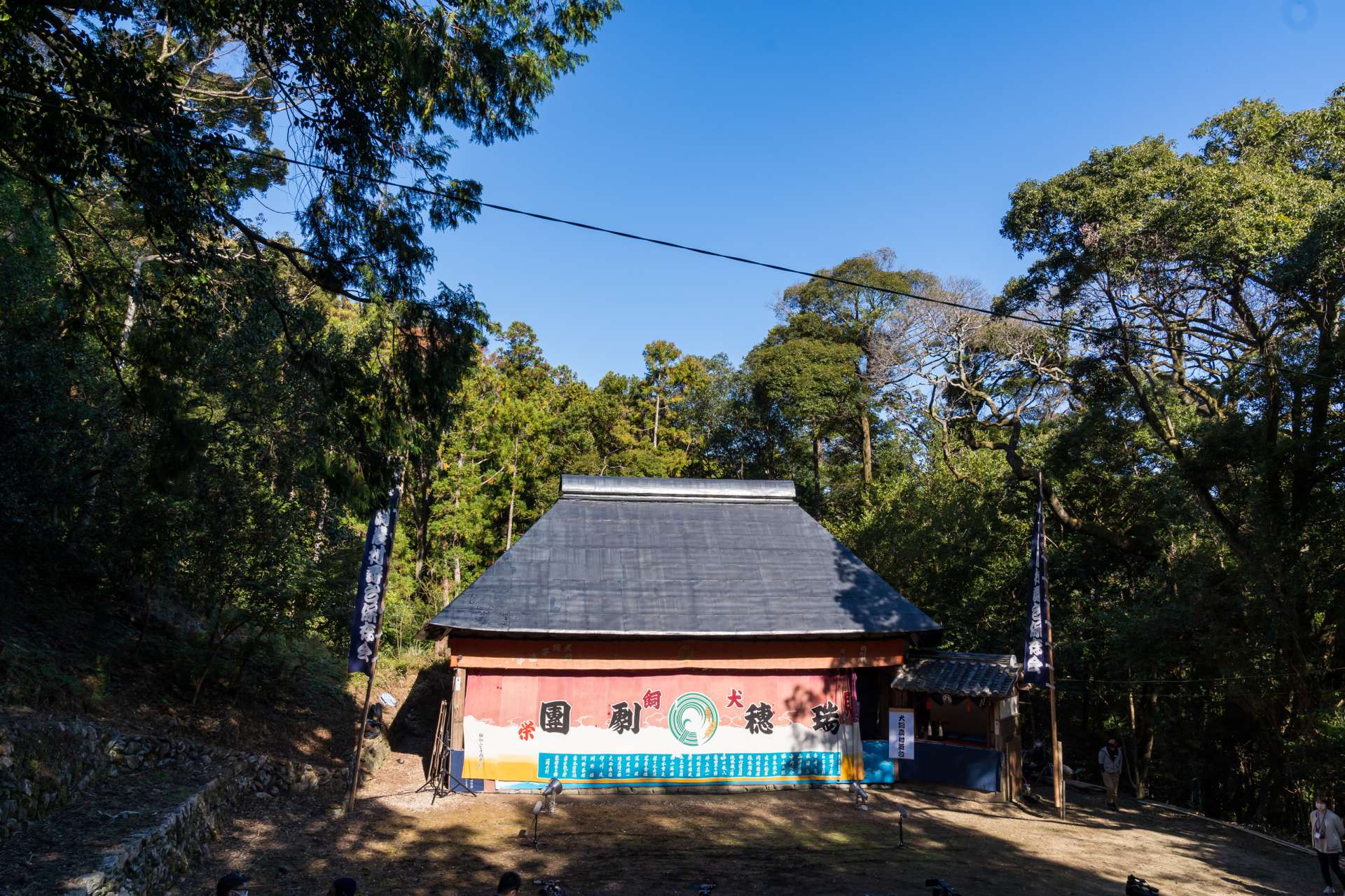
Inukai Noson Butai, an outdoor ningyo joruri stage that stands on the grounds of a shrine forest.

An emotional story told through puppets whose movements and expressions are more humanlike than humans.
Time passes in the blink of an eye when we’re having fun. We leave Iya with promises to meet Ms. Tsuzuki again.
Returning to Tokushima City, we arrive at a shrine on the outskirts of a peaceful village. Walking up the approach to the shrine, an outdoor stage comes into view. The final item on our schedule is a private showing of Awa Ningyo Joruri at the Inukai Noson Butai.
Awa Ningyo Joruri is a traditional performing art that the people in each region of Tokushima have carefully preserved and passed down. We watch the preservation society members efficiently prepare the stage and feel the determination behind their efforts.
The storyteller, shamisen player, and puppeteers finish their preparations and the show begins. The storyteller’s voice melds with the sound of the shamisen, and the three puppeteers operate as one to expertly control a puppet. Before long, the doll’s movements seem to contain real feelings and spirit, and we feel as though we have entered the world of the story. It is an impressive performance like none other.
By personally visiting Tokushima and experiencing and telling about the wonderful culture and tradition we encounter there, we hope we can be some help in ensuring that charming tradition and culture of Tokushima is passed down to the next generation.
Check also...
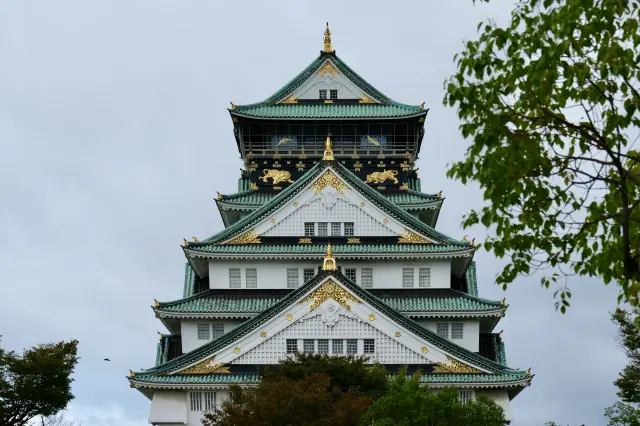
Discover Kansai & Shikoku in 3 Days: From Osaka Castle to Tokushima’s Awa Odori Dance
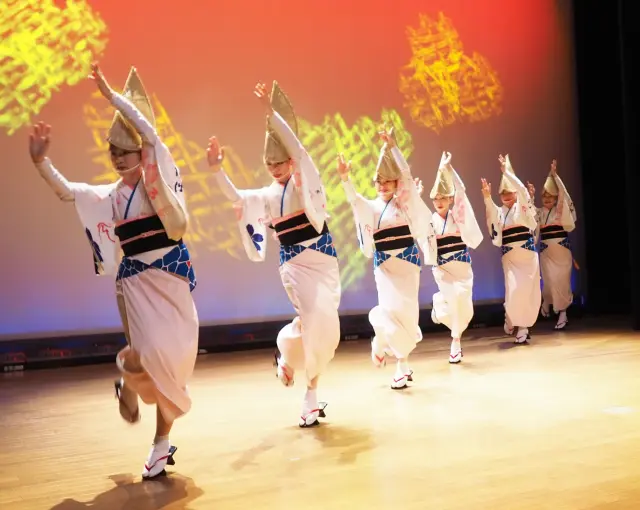
5 Must-Visit Spots in Tokushima: From Famous Sights to Hidden Gems
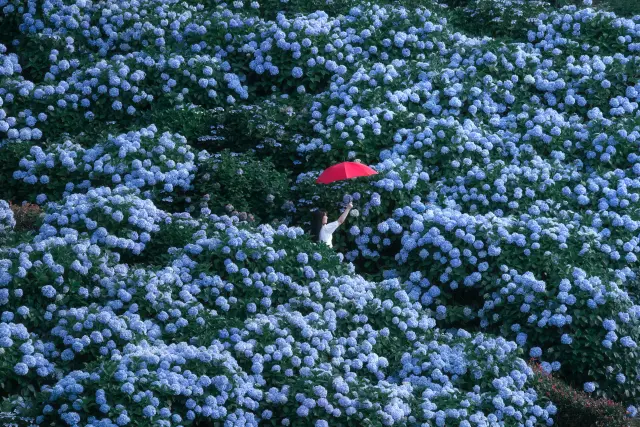
Not Just Cherry Blossoms! 4 Parks for Capturing Stunning Floral Displays
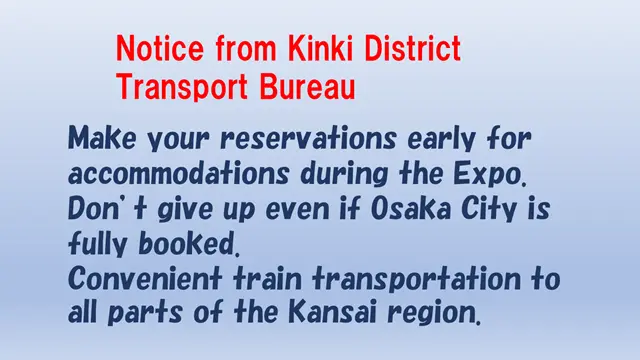
Consider your accommodation in the Kansai area!

Restrictions on Large Baggage
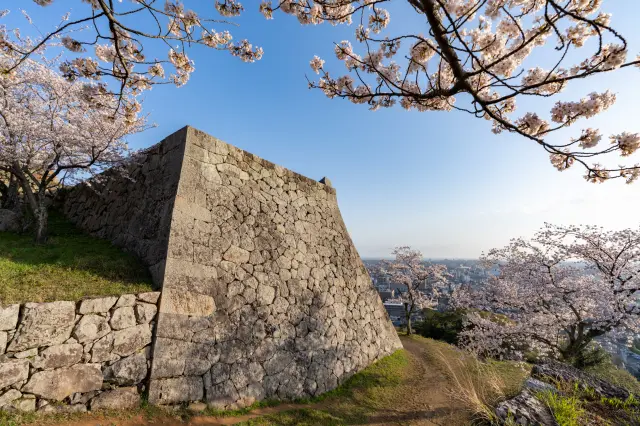
Hidden Stories in Stone: Exploring Japan’s Castle Walls

Exploring the Roots of Festivals: A Journey of Understanding Local Bonds and the Preservation of Culture

